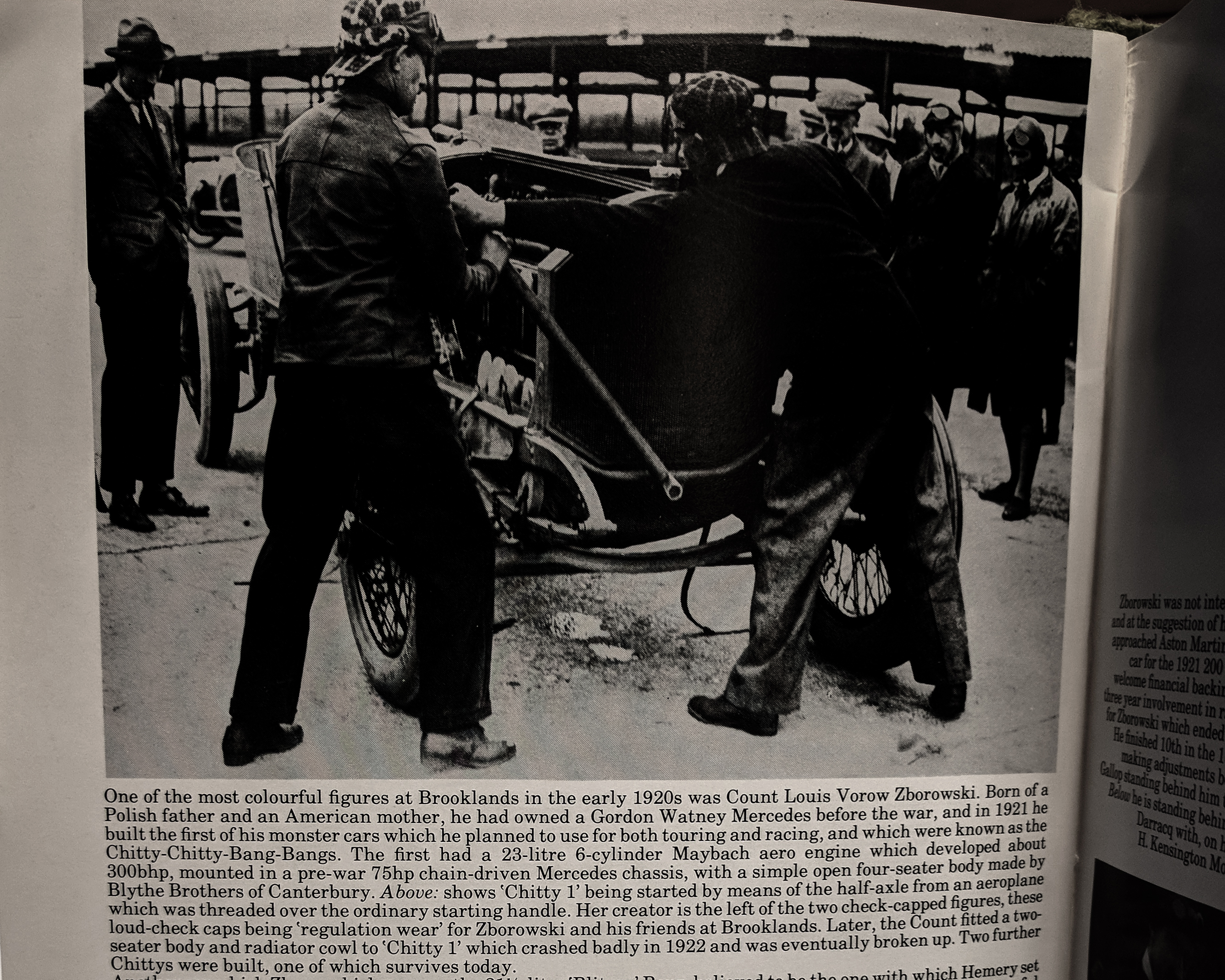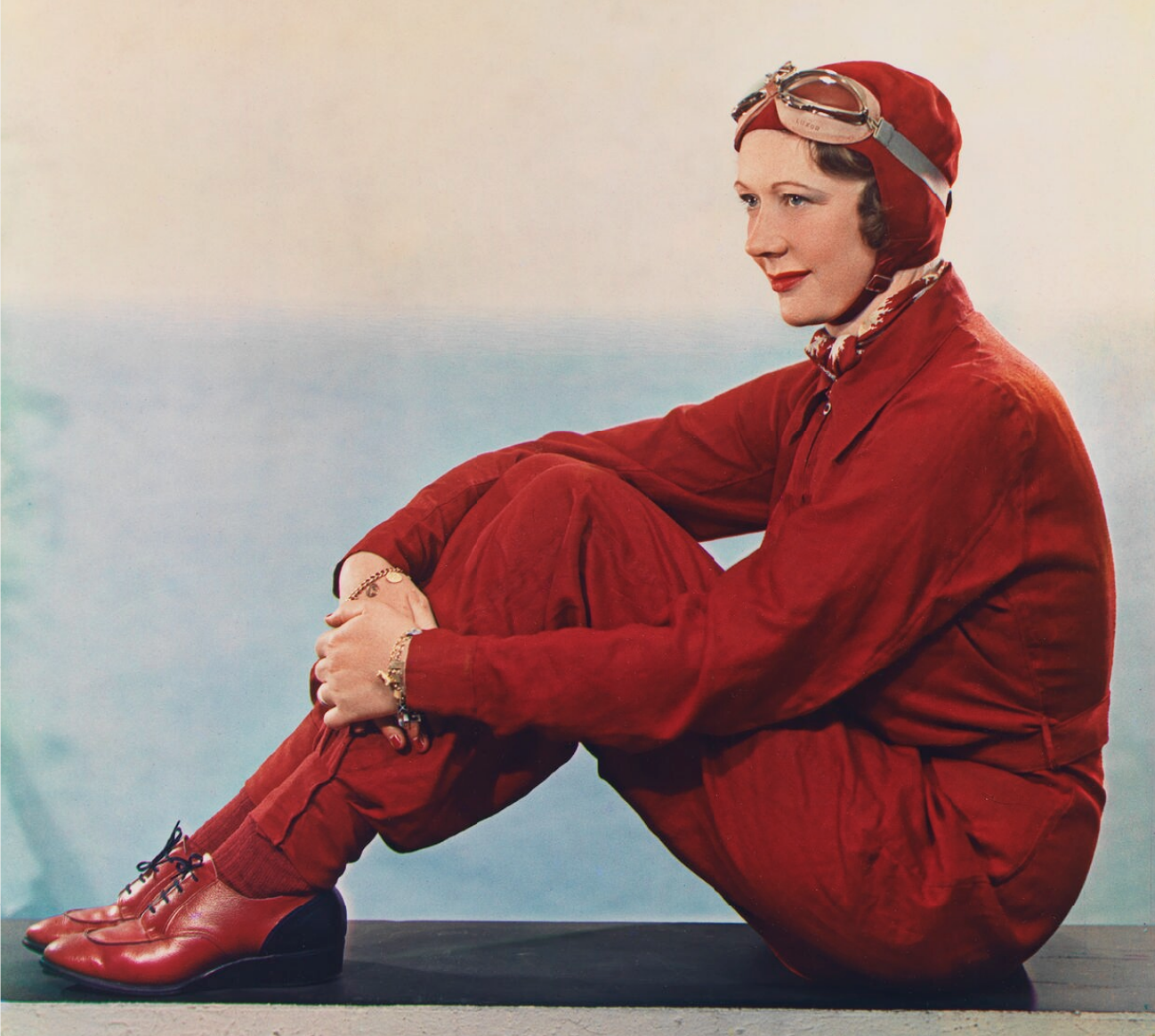Fashion at Speed: Spectacular Histories of Fashion, Flying and Motorsport From the Twentieth Century Collections of Brooklands Museum 1907-1939.
After the Motor Car Act of 1903, which banned road racing and limited speeds to 20 mph, British racers found themselves in need of a test track for speed records. Brooklands was built between 1906-7 by Weybridge landowner Hugh F Locke King, at great personal and financial cost. He suffered a nervous breakdown during the project and the track construction was overseen by his wife Ethel Locke King, a keen motorist.

Early racing regulation and spectatorship at Brooklands directly mirrored horse racing rules and traditions, including the replication of coloured jockey silks for identification. These were soon superseded by numbers on the cars and later by armbands, but the history of horse racing modes continued to influence, especially in the mediation of racing as fashionable spectacle. These spectators at an early car race at Brooklands are wearing the large brimmed decorative hats and high-necked, restrictive white cotton dress of the turn of the century. These outfits were quickly outmoded in the face of modernist cultures of speed that grew in relation to the development of the motorcar and aeroplane.

The spontaneity of early motorsport culture was reflected and reinforced in dress. Illegal road racers of the beginning of the 20th Century, called ‘Scorchers’ were known for their backwards caps, goggles and rough-and-ready day clothes.

As motoring became increasingly formalised, official uniforms of simple overalls incorporating the science of streamlining and militaristic utilitarianism became closely associated with the figure of the racer. Female racing drivers such as Jill Scott (above) and Kay Petre found ways to establish their independance in their overalls through colour, embroidery and accessories, and incorporated fashionable dress into their image as modern icons of speed.

Armbands became a vital visual and embodied aspect of racing culture at Brooklands throughout the 1920s & 30s; they identified the engineers of racing teams in the busy racing paddocks and distinguished them from ordinary racing spectators while reinforcing notions of order and professionalism.
